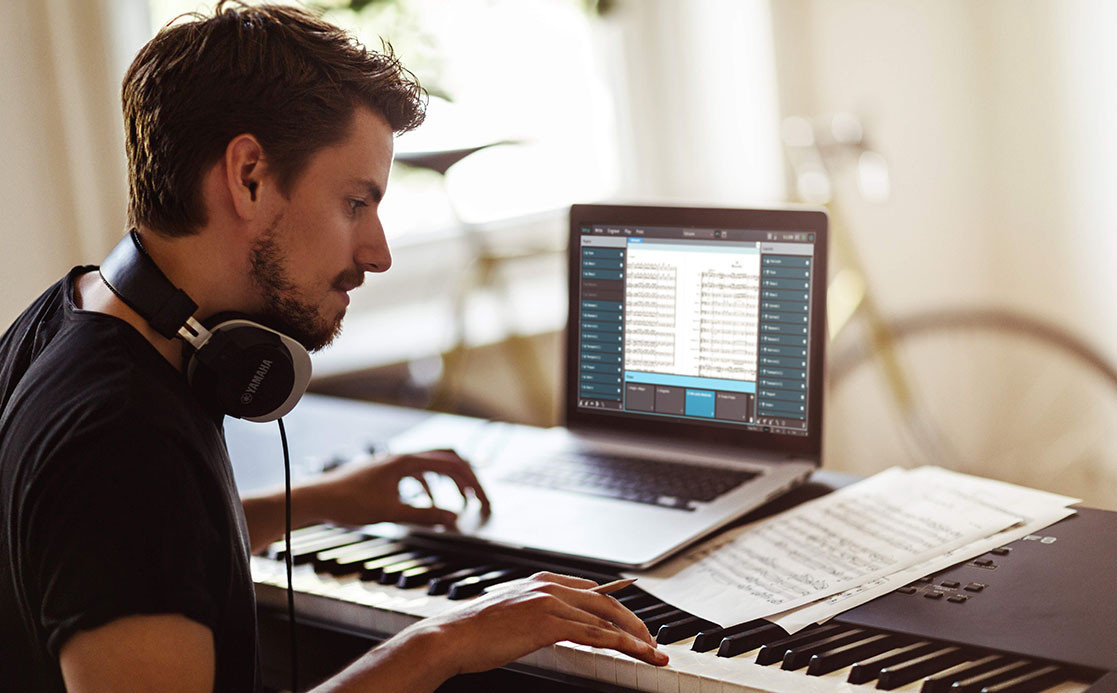Classical Influence on Modern Piano Compositions

Diving into the realm of piano music is akin to embarking on a captivating journey through time and genres. The keys of piano instruments weave a musical tapestry that transcends classical boundaries, resonating with influences from various periods and styles. Today’s piano classes and lessons unfold, it's paramount to appreciate how classical music, with its timeless legacy, continues to shape and inspire contemporary compositions.
Crafting a Musical Foundation
Classical piano maestros like Mozart, Beethoven, and Chopin lay the groundwork for today's pianists. The technical prowess, nuanced phrasing, and harmonic intricacies embedded in classical pieces form the bedrock of skills demanded by modern compositions.
Architectural Ingenuity
Classical compositions adhere to established structures such as sonata-allegro, ternary, and rondo forms. These blueprints have etched an indelible mark on modern piano creations, providing a scaffold for organizing musical ideas and fostering coherence.
Harmonic Exploration
Classical composers dared to challenge harmonic norms, introducing dissonance and chromaticism for emotional depth. These innovations echo through contemporary piano pieces, infusing them with vibrant colors and intricate complexities.
Expressive Alchemy
The expressive techniques honed by classical pianists are indispensable in modern compositions. From the tempo flexibility of rubato to dynamic contrasts and strategic pedal usage, these tools remain pivotal for conveying emotion and nuance in classical and contemporary pieces.
Melodic Tunes
Modern composers find inspiration in classical melodies, incorporating memorable tunes into contemporary compositions to pay homage to the enduring allure of melodic craftsmanship. The act of drawing from classical melodies serves as a testament to the enduring power of musical nostalgia. It acknowledges these classical gems' profound emotional impact and universal appeal. As modern composers weave these melodic threads into their works, they not only celebrate the brilliance of their predecessors but also infuse their creations with a sense of familiarity and resonance that resonates across generations.
Genre Fusion
Modern piano compositions defy genre constraints, often melding classical, jazz, and diverse influences. This fusion, known as crossover or neo-classical music, enables pianists to explore many styles while preserving the timeless elegance of classical piano.
Minimalist Reverberations
The minimalist movement, spearheaded by iconic figures such as Philip Glass and Steve Reich, has left an indelible and transformative imprint on the landscape of modern piano music. These visionary composers, celebrated as giants within the realm of minimalist music, have shaped the direction of contemporary compositions and redefined the essence of structure and rhythm in the piano repertoire.
One of the defining characteristics of minimalist music is the embrace of repetitive patterns and gradual harmonic shifts. This departure from traditional notions of development and resolution introduces a mesmerizing and meditative quality to the compositions. The persistent repetition of motifs serves as a sonic foundation and a departure point for exploration, inviting both performers and listeners into an immersive experience where subtle nuances and variations unfold gradually.
The minimalist reverberations within modern piano compositions show a unique synergy between precision and emotional resonance. The meticulous crafting of repetitive elements requires a virtuosic control over dynamics, touch, and timing, demanding heightened sensitivity from the pianist. This precision and the inherent dynamic power of gradual harmonic shifts create a musical journey that transcends the conventional boundaries of time and expectation.
Cross-Cultural Melodies
Many modern piano pieces draw from folk and world music, expanding the instrument's sonic horizons. Pianists create unique and captivating pieces that resonate globally by integrating rhythms, scales, and melodies from diverse cultures.
Harmony with Technology
Technological strides have ushered in a new era for piano music. Electronic instruments, synthesizers, and digital effects provide avenues for creative expression, allowing pianists to experiment with novel soundscapes and textures in their compositions.
Signature Style
While classical music serves as a wellspring of inspiration, modern piano compositions serve as canvases for personal expression. These creations reflect contemporary composers' individuality, experiences, and narratives, adding a personal touch to the ever-evolving musical landscape.
Harmonic Innovation
Classical compositions lay the groundwork and offer inspiration, enriching the repertoire with technical demands and emotional depth. Simultaneously, modern piano pieces push boundaries, incorporating diverse influences and personal narratives.
In essence, the relationship between classical and modern piano music epitomizes the enduring power of the piano—an instrument that transcends time, inviting boundless creativity and expression. Whether captivated by the classical elegance or the avant-garde spirit of modern compositions, the piano gesture promises a world of musical exploration and discovery.
You can Buy digital piano, Buy grand piano, Buy upright piano from our piano store in Dubai with amazing deals & offers.
